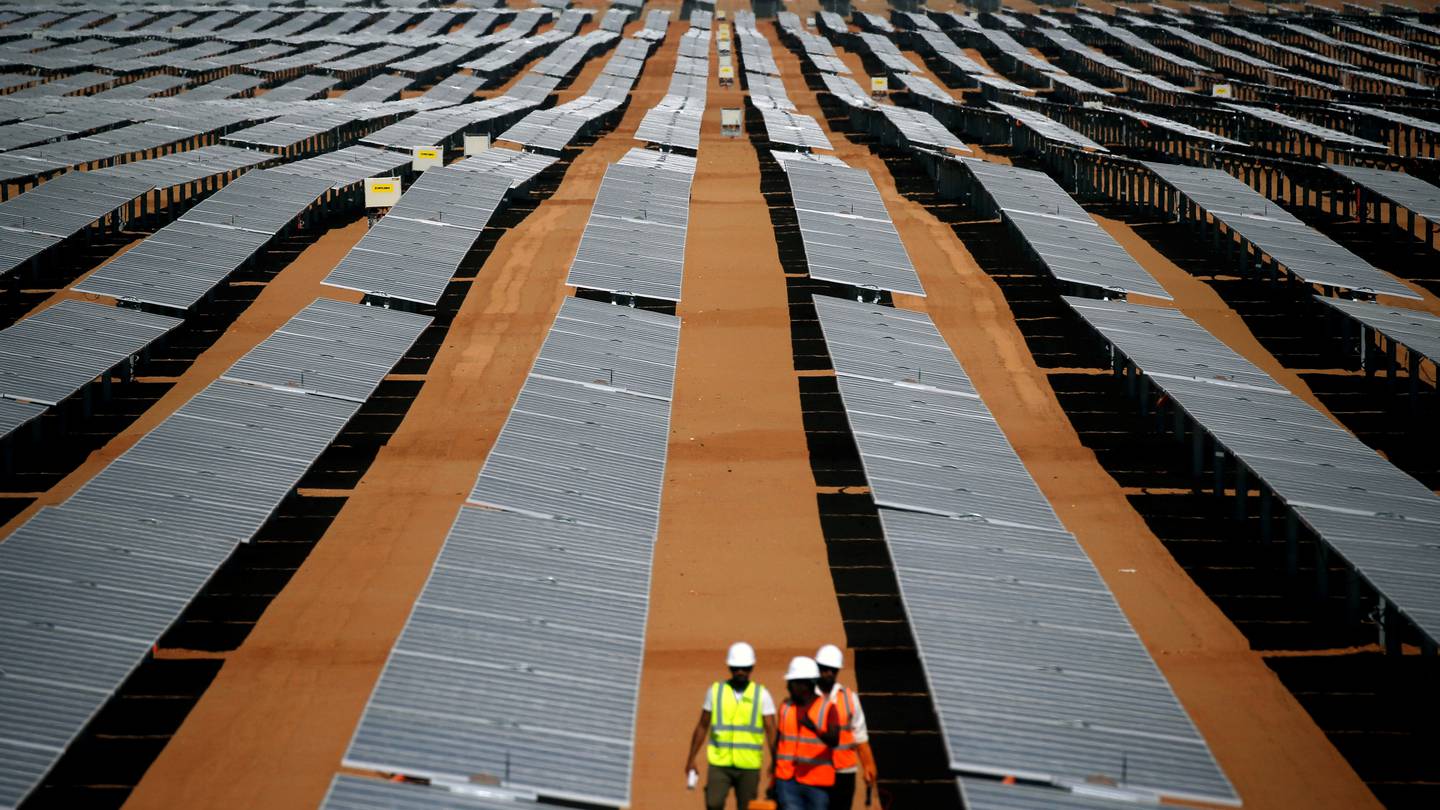The area most at risk from climate change is the African Continent. This is true even though they have the lowest emissions and the least impact on global warming.
Its effects have caused the continent to experience massive collateral damage and systemic dangers to its economies, agricultural, water, and food systems.
Such effects have in some ways even put the African continent’s modest gains in peril by raising the prevalence of extreme poverty.
According to recent research by the World Bank, by the year 2050, Climate change may compel 216 million people to leave their home countries.
By 2030, it might send an additional 132 million people into poverty.
In East Africa alone, vulnerable environments like Somalia are crucial. The worst repercussions of it are already being felt by them. In a nutshell, specific examples are the cyclical climate-induced shocks such as drought, flooding, and locust infestations.
Due to its reliance on natural resources, the East African Country may become increasingly vulnerable to poverty and food insecurity as a result of climate change.
According to the World Bank’s findings, increased exposure to drought tends to cause considerable reductions in consumption.
In Somalia’s rural areas, where the adverse consequences of climate change are already being felt strongly, this is undoubtedly relevant.
To name just a few, some of the poorest areas of Somalia, such as Bay, Sanaag, Sool, and Nugaal, are predicted to be the most severely hit by droughts.
How to map climate change in such areas will be of Key significance to the residents living in those regions.
Hence the need to adopt unique strategies to curb the negative impacts of climate change.
Perhaps one of them would be the need to go beyond humanitarian aid given that 69 per cent of the population there is sub-poverty. This is in addition to choosing a strategy that would have a development angle.
Nevertheless, matter how simple it may seem, more needs to be done to account for the dangers of drought when working on national development projects.
This is a result of the complexity of climate hazards and the possibility that their classifications may be based on assumptions.
A low-carbon economy could be created by outlining aspirational goals, among other strategies.
For the longest period, Somalia has been one of the countries dedicated to accelerating climate action.
Building resilience and reducing greenhouse gas emissions would both be impacted by their signing and ratifying the Paris Agreement.
As of November 2019, 49 of the 54 African countries had approved their NDCs.
However, this country may seize the chance presented by climate change, walk down memory lane, and fully tap into its immense resource potential.
As a result, it will be able to achieve the goals of the Sustainable Development Goals.
Once more, the market prospects for the continent are very promising, especially for the private sector and institutional investors.
A call for action?
The fundamental problems Somalis face are an illustration of the growing danger that extreme weather poses to those residing in conflict areas.
The quantity of climate relief now given to unstable and conflict-affected countries varies greatly. This gap needs to be closed if the most vulnerable people are to seek the support they need.
To improve access to natural resources, conflict mitigation programs must also be prioritized with a focus on lowering violence and instability.
Again, to stop the spread of climate-related violence, it is important to assist communities in developing management tools and dispute resolution procedures. Along with doing this, it is vital to empower women to drive inter-clan conversation and resource management in rural areas that are prone to conflict.
A crucial method for reducing the effects of climate change in the area will involve tracking transhumance migrations mapping pastoralist pathways and finding long-term solutions to conflict caused by natural resources.
Experts believe that putting a strong emphasis on gender is crucial. This is because most of the displaced people in Somalia are women and children. Because of this, displaced women must support their families under incredibly difficult circumstances.
Experts also assert that both gender-based and sexual violence is highly prevalent. Organizations aiming to restore Somalia’s lost glory should support women’s full and meaningful engagement in peace-building in addition to addressing their protection needs.
It has been demonstrated that including women in peace-building and mediation procedures results in a wave of significantly more enduring peace.


